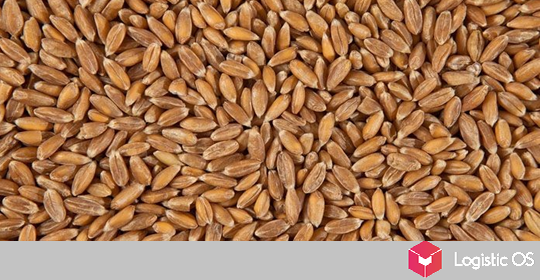Despite a slight decrease in the cost of sunflower, this will not solve the problem of unprofitability of processing, experts say.
Over the past week, sunflower in the European part of Russia has decreased in price by about 100 rubles per ton: now you will need to pay about 37-38 thousand rubles for it.
At the same time, not so long ago, a slightly larger decrease of about 250-300 rubles per ton of raw materials was observed.
At the same time, raw materials are still too expensive for most oil extraction plants, which currently prefer not to work at all, instead of operating at a loss.
According to experts, for the situation to really change, a real price reduction is required.
“We expect a serious, not cosmetic, adjustment of prices for seeds in accordance with the current market situation.
Otherwise, we will see a reduction in demand for oilseeds, a decrease in processing volumes and significant carryover stocks, as absurd as it may sound,” said Mikhail Maltsev, head of the Oil and Fat Union.
In order for processors to finally be able to break even, the price of sunflower seeds must fall not by hundreds, but by thousands of rubles, analysts emphasize.
At the moment, according to their calculations, the loss ratio of oil extraction plants in March was about 11%, and the same result will most likely be for April.
In addition to expensive raw materials, the relatively cheap oil, the sale of which does not allow to fully cover the costs incurred in its production, is also becoming a problem.
Also a big problem for sunflower oil producers in Russia is the export duty, which does not allow them to receive significant profits from selling their products abroad.
Currently, the duty on oil is about 4,500 rubles per ton, for meal — about 950 per ton.
Farmers expect that the duty may be reduced in the near future, since export prices are stable, and the current ruble exchange rate further reduces the volume of revenue received by exporting companies.
At the same time, farmers have no illusions that the duty will be reduced significantly.
Most likely, work in the minus will continue for some time — although, again, many enterprises prefer to pause production.
It is possible that the situation will last until the new sunflower crop appears on the market — and the more of it there is, the higher the chances that producers will finally begin to actively part with their stocks, experts emphasize.

